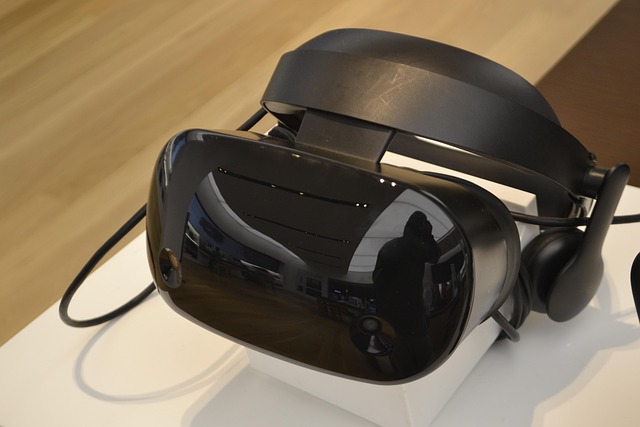Exploring the Virtual Economy: How Virtual Reality, Augmented Reality, and the Metaverse are Revolutionizing Gaming
The gaming landscape is undergoing a remarkable transformation, ushering in an era defined by the virtual economy. As technology advances, concepts like virtual reality (VR), augmented reality (AR), and the metaverse are no longer just buzzwords; they are reshaping how we interact with digital worlds, paving new avenues for creativity, engagement, and economic opportunities.
Virtual Reality: Immersive Experiences that Redefine Gaming
Virtual reality has taken gaming by storm, offering players a chance to step directly into their favorite environments. With VR headsets like Oculus Rift and HTC Vive, players are not just participants; they are part of a living, breathing world. This immersion magnifies the emotional connection players have with their games, allowing them to experience a narrative like never before.
But what does this mean for the virtual economy? As players invest time and money into their virtual experiences, they also cultivate skills and assets that carry value beyond the game itself. From in-game items to real estate in virtual locations, the potential for economic activity within these immersive environments is immense, laying the groundwork for virtual marketplaces where players can buy, sell, and trade digital assets.
Augmented Reality: Blending Real and Virtual Worlds
On the other hand, augmented reality is crafting a unique intersection between the real and digital realms. Games like Pokémon GO have shown how AR can transform ordinary spaces into battlegrounds or treasure-hunting grounds, inviting players to explore their surroundings in new and exciting ways.
This innovative blend enriches the virtual economy by encouraging real-world interactions while feeding into digital experiences. As players engage with their environment, they are also engaging with brands, collectibles, and rewards that can lead to real-world transactions. This interactivity not only nurtures fan bases but also fosters a sense of community, where players collaborate and compete while contributing to a thriving economy.
The Metaverse: A New Frontier for Digital Interaction
The metaverse represents the ultimate vision for a connected digital space where users can socialize, create, and play together. Think of it as a universe of virtual worlds, all interconnected and populated by players who can share experiences in ways that were once unimaginable.
This digital ecosystem is built on the principles of the virtual economy, fostering new opportunities for creators and gamers alike. Artists can monetize their creations, businesses can establish virtual storefronts, and gamers can build entire careers through gameplay. As blockchain technology and cryptocurrencies gain traction, the financial implications of the metaverse will further revolutionize how we perceive digital ownership and value.
Balancing Real and Virtual Economies
While the potential of the virtual economy is exhilarating, it’s essential to consider how these technological advancements intersect with real-world economic principles. Issues such as interdependence, stability, and sustainability must be addressed as we navigate this new terrain. Balancing digital asset value with practical usability will define the pathways we take into the future of gaming and beyond.
As we stand on the brink of this digital revolution, the potential for virtual economy growth in VR, AR, and the metaverse is extensive. This journey promises not just advanced technology and entertainment but also a redefined social and economic landscape where players will play an integral role in shaping the virtual worlds they inhabit.




